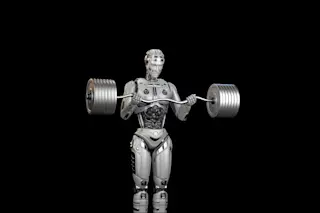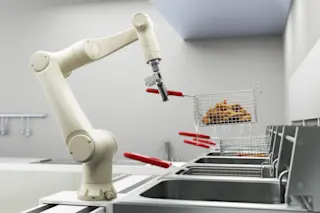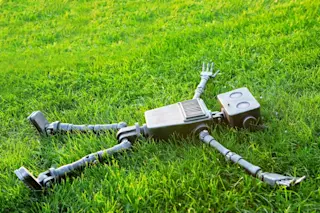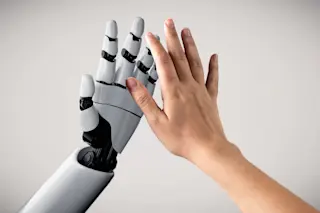(Inside Science) — Researchers from Japan have come up with a way to encourage materials to grow stronger over time, like the muscles in our body. The new technique could allow engineers to design adaptable and healable materials for a wide range of applications.
When we lift weights in the gym, the mechanical stress causes our muscle fibers to rip and tear, but this damaging action actually allows the fibers to regrow stronger afterwards. In contrast, nonliving materials such as rubber bands or paper clips tend to weaken and deteriorate after repeated use.
Drawing inspiration from muscle tissues, a research group from Hokkaido University in Sapporo, Japan, designed a hydrogel that contains two intertwining networks of polymers — materials formed by long chains of molecules such as those found in plastics.
The hydrogel threads are submerged and stretched in a solution that contains monomers — building materials for polymers similar ...














